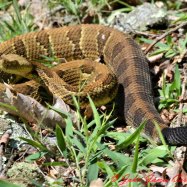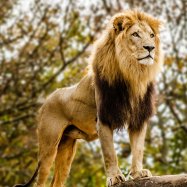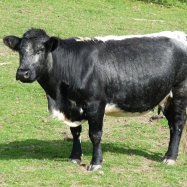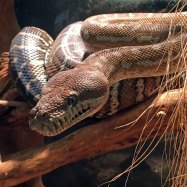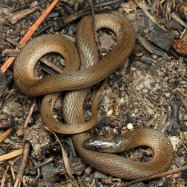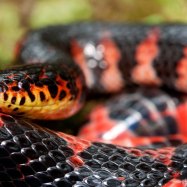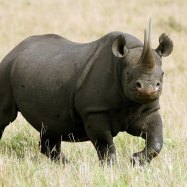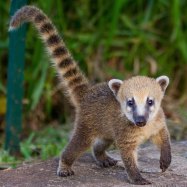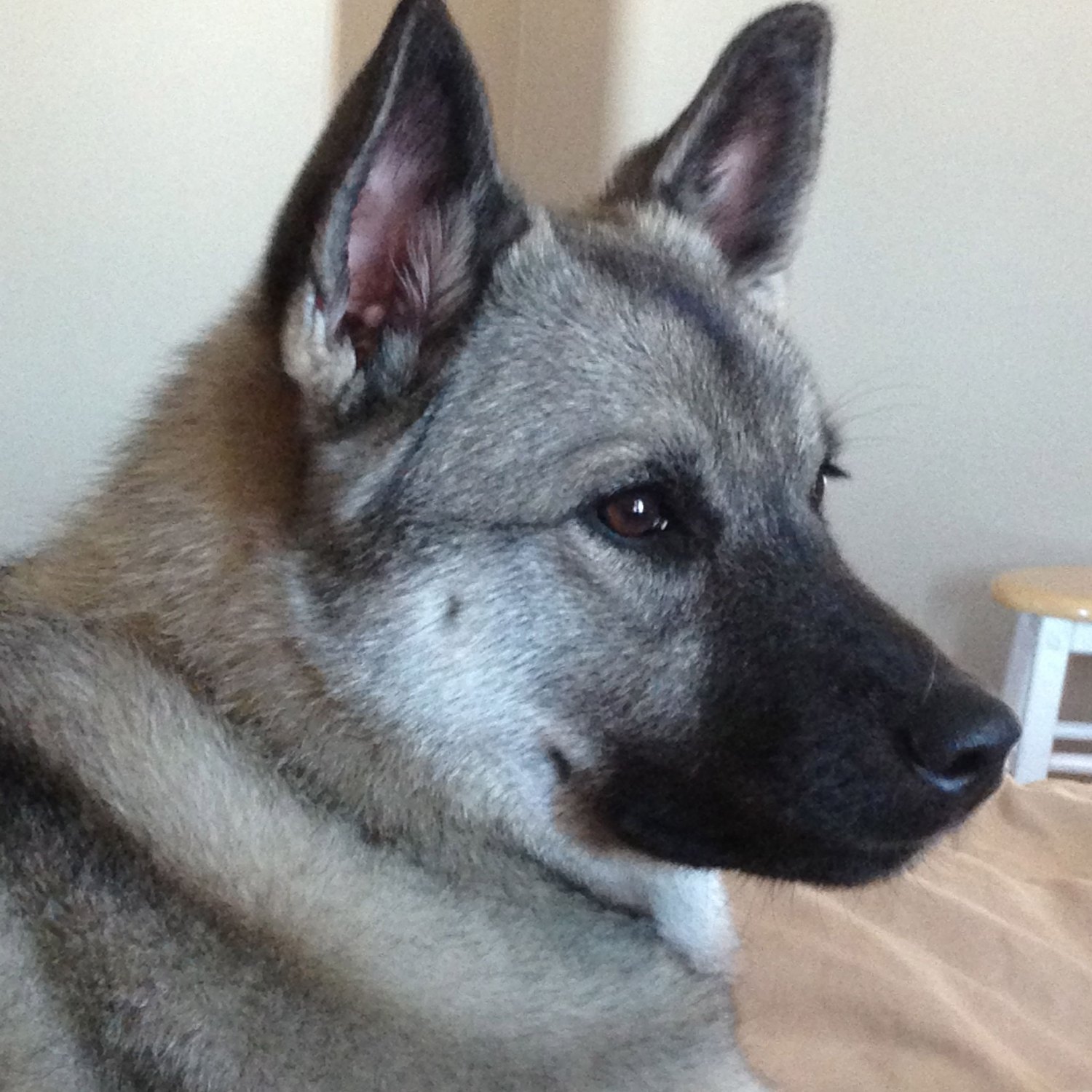
Norwegian Elkhound
around 19.5 to 20.5 inches
The Norwegian Elkhound, a member of the Canidae family, is a medium-sized dog breed known for its strength and endurance. Originating from Scandinavia, these beautiful animals are around 19.5 to 20.5 inches in length and are popular for their loyalty and affectionate nature. Considered one of the oldest and most versatile breeds, they make great companions for active families. #NorwegianElkhound #Scandinavia #Canidae
Animal Details Summary:
Common Name: Norwegian Elkhound
Kingdom: Animalia
Habitat: Forests, mountains, tundra
The Brave and Beautiful Norwegian Elkhound: A True Viking of a Dog
When you think of Norway, images of breathtaking fjords, majestic mountains, and the famous Northern Lights may come to mind. But there is one more thing that is symbolic of this Scandinavian country – the Norwegian Elkhound. This dog breed is a true masterpiece of nature, with remarkable characteristics that make it stand out from the rest. In this article, we will explore the unique features of the Norwegian Elkhound, from its origins to its role in modern society Norwegian Elkhound.Origins and History
The Norwegian Elkhound, also known as the Norsk Elghund in Norway, is a spitz-type hunting dog that has been around for centuries. Its ancestors can be traced back to the Stone Age, where they were used as hunting and tracking companions for the ancient Vikings. These dogs were highly valued by the Vikings, and it is believed that they were crucial to their survival.In the early days, the Norwegian Elkhound was used to hunt large game, such as moose, elk, and reindeer. They were also used for herding and guarding livestock. Due to their incredible strength, agility, and endurance, these dogs were considered indispensable by the Norwegian people. They were highly revered, and there are even legends that depict the Norwegian Elkhound as a loyal companion of the Norse god Odin.
The breed became officially recognized by the American Kennel Club in 1913, and it has gained popularity over the years, not just as a hunting dog but also as a beloved family pet.
Physical Characteristics
The Norwegian Elkhound is a medium-sized dog with a strong and athletic build Natterjack. They have a distinctive double coat, with a thick, woolly undercoat and a coarse, straight outer coat that protects them from the harsh weather conditions of their native land. This double coat helps to regulate their body temperature, keeping them warm in cold climates and cool in warmer weather.The most common coloration for this breed is a gorgeous shade of gray, ranging from light silver to dark charcoal. They may also have white markings on the chest, feet, and tail, which adds to their unique appearance. Their almond-shaped eyes are usually a dark brown, giving them a piercing and intelligent gaze.
The Norwegian Elkhound has a wolf-like face, with pointed ears that stand erect on top of their head. They have powerful jaws and strong legs, with well-developed muscles that give them the ability to run and leap with ease.
On average, the Norwegian Elkhound stands at about 19.5 to 20.5 inches tall and weighs between 48 to 55 pounds. While they may not be the largest of dog breeds, they are certainly not lacking in strength and determination.
Personality and Temperament
Just like their Viking ancestors, the Norwegian Elkhound is known for its fierce, independent, and brave nature. They are highly intelligent and have been known to outsmart their owners at times. This breed is also incredibly loyal and devoted, making them excellent watchdogs and protectors of their home and family.The Norwegian Elkhound has a strong prey drive, which is why they excel at hunting and tracking. However, it also means that they may see smaller animals such as cats and rodents as prey. Therefore, it is essential to socialize them from a young age and provide them with proper training and guidance.
Despite their fierce nature, the Norwegian Elkhound is also very affectionate and loves spending time with their family. They are great with children and make fantastic companions for active individuals or families.
Habitat and Distribution
The Norwegian Elkhound, as the name suggests, is native to Norway and other Scandinavian countries. Their habitat includes forests, mountains, and tundra, making them well-adapted to the harsh weather conditions of these regions.As hunting and tracking dogs, Norwegian Elkhounds are also well-suited to thrive in a rural setting, where they have plenty of space to run and explore. However, they can adapt to living in an apartment, as long as they have regular opportunities to exercise and expend their energy.
Feeding and Health
The Norwegian Elkhound is a carnivorous animal, which means that their diet should primarily consist of meat. High-quality dog food, specifically designed for medium-sized breeds, is recommended to keep them healthy and active.Like any other breed, the Norwegian Elkhound is prone to certain health issues, including hip dysplasia, progressive retinal atrophy, and ear infections. To ensure that your dog lives a long and healthy life, it is crucial to schedule regular check-ups with a veterinarian and to provide them with proper care and nutrition.
The Norwegian Elkhound Today
While the Norwegian Elkhound's role as a hunting dog has diminished over the years, their abilities have not gone unnoticed. They are still used for hunting in some parts of their native land, and they also excel in various canine sports such as agility, tracking, and obedience.However, their biggest role today is that of a loyal and loving family pet. They are highly adaptable and can fit into almost any living situation, as long as their needs for physical and mental stimulation are met. The Norwegian Elkhound thrives on human companionship, and they make excellent watchdogs, always on the lookout for any potential danger.
Conclusion
The Norwegian Elkhound is truly a remarkable breed, with a rich history and an impressive set of characteristics. From their Viking roots to their versatile abilities, these dogs have captured the hearts of many and continue to do so. They are not just beautiful and intelligent, but also fiercely loyal and devoted companions. Whether as hunters, guardians, or family pets, the Norwegian Elkhound is truly a Viking among dogs.

Norwegian Elkhound
Animal Details Norwegian Elkhound - Scientific Name: Canis lupus familiaris
- Category: Animals N
- Scientific Name: Canis lupus familiaris
- Common Name: Norwegian Elkhound
- Kingdom: Animalia
- Phylum: Chordata
- Class: Mammalia
- Order: Carnivora
- Family: Canidae
- Habitat: Forests, mountains, tundra
- Feeding Method: Carnivorous
- Geographical Distribution: Norway, Scandinavia
- Country of Origin: Norway
- Location: Scandinavia
- Animal Coloration: Gray
- Body Shape: Medium-sized
- Length: around 19.5 to 20.5 inches
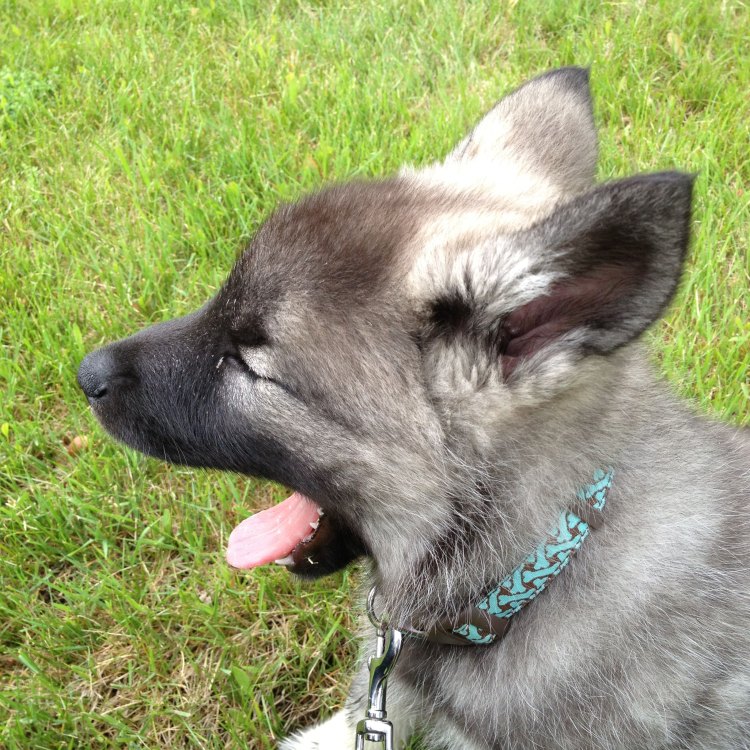
Norwegian Elkhound
- Adult Size: Medium
- Average Lifespan: 12 to 15 years
- Reproduction: Sexual
- Reproductive Behavior: Monogamous
- Sound or Call: Distinctive barks and howls
- Migration Pattern: Non-migratory
- Social Groups: Independent
- Behavior: Intelligent, friendly, and independent
- Threats: None
- Conservation Status: Domesticated
- Impact on Ecosystem: N/A
- Human Use: Hunting, companion
- Distinctive Features: Curled tail, thick double coat
- Interesting Facts: Norwegian Elkhounds have been used as hunting dogs for centuries and are known for their keen sense of smell and tracking abilities.
- Predator: None
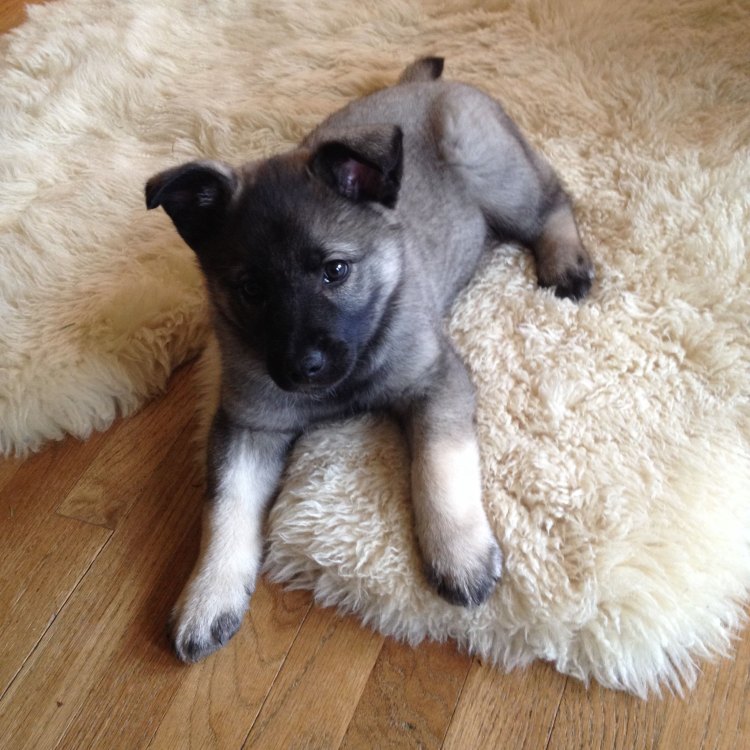
Canis lupus familiaris
The Companionable and Loyal Norwegian Elkhound
When you think of a loyal and friendly dog, the Norwegian Elkhound may not be the first breed that comes to mind. However, despite its fierce appearance, the Norwegian Elkhound is a gentle and intelligent companion that has been domesticated for centuries. In this article, we will delve into the unique features and characteristics of this remarkable breed, and explore its role in human society and the impact it has on the ecosystem.Size and Lifespan
The Norwegian Elkhound is classified as a medium-sized breed, typically weighing between 40-60 pounds and standing at a height of 18-21 inches PeaceOfAnimals.Com. They have a muscular and compact build, making them suitable for various tasks such as hunting and pulling sleds. They have an average lifespan of 12-15 years, making them a long-term commitment for any potential owner.
Reproductive Behavior
Like most dogs, the Norwegian Elkhound reproduces sexually. However, what sets this breed apart is their reproductive behavior. Unlike many other breeds that tend to mate with multiple partners, Norwegian Elkhounds are monogamous. They form strong bonds with their mates and remain loyal and committed to them for life.
Distinctive Voice
One of the most unique features of the Norwegian Elkhound is its distinctive bark and howl. These dogs have a wide range of vocalizations, from short barks to long, echoing howls. This trait has been honed through years of hunting, where they would use their distinct calls to communicate with their human companions in the vast and dense Norwegian forests Northern Screamer.
Migration Pattern
While many animal species have a seasonal migration pattern, the Norwegian Elkhound is a non-migratory breed. They are content with staying in one place, making them ideal pets for those who prefer a more laid-back lifestyle. However, they do require regular exercise and a fenced yard to roam and explore.
Social Groups and Behavior
Norwegian Elkhounds are independent dogs and often prefer to spend time on their own. They do not require constant attention from their owners and are content with entertaining themselves. However, they can form strong bonds with their human companions and other household pets if they are socialized from a young age. Their intelligence and independent nature make them excellent problem-solvers, and they thrive on mental stimulation and training.
No Threats
Due to their friendly and loyal nature, the Norwegian Elkhound does not pose any threat to humans. This breed is not known to exhibit any aggressive behavior towards people or other animals. They have been domesticated for centuries and are well-adjusted and socialized when raised in a loving home.
Conservation Status
The Norwegian Elkhound's conservation status is classified as "domesticated." This is because this breed has been selectively bred for generations to become companions and working dogs, rather than solely relying on their instincts and survival skills. However, this does not mean that they are not valuable and cherished members of the canine world.
Impact on Ecosystem
As domesticated animals, Norwegian Elkhounds do not have a significant impact on the ecosystem. Unlike their wild wolf ancestors, these dogs do not hunt or prey on other animals. They have been trained to work alongside humans, and their primary purpose in the ecosystem is to provide companionship.
Human Use
The Norwegian Elkhound has been a valuable companion and working dog for centuries, especially in its homeland of Norway. They were originally bred for hunting, with their keen sense of smell and tracking abilities making them ideal partners. They are also used as sled dogs, guarding livestock, and even in search and rescue operations. However, in recent years, their role has shifted more towards being a loyal and loving companion.
Distinctive Features
The Norwegian Elkhound is easily recognizable due to its curled tail and thick double coat. These features serve a practical purpose in their native land, providing protection against the harsh Scandinavian climate. Their coat is also water-repellent, making them excellent swimmers. Additionally, their thick coat and boot-like paws allow them to navigate through deep snow with ease.
Interesting Facts
The Norwegian Elkhound has been a crucial part of Norwegian culture for centuries. They were known to be the favorites of the Vikings, who even named them "Elghund" which means moose-hound. It is believed that they were brought to Norway by the Vikings from Eastern Europe, and over time, they evolved into the breed we know and love today. Additionally, Norwegian Elkhounds are one of the oldest breeds of dog, with evidence of their existence dating back to the Stone Age.
Predators
In their native land, the Norwegian Elkhound does not have any natural predators. However, as with any dog, they can be susceptible to diseases and ailments. It is crucial for owners to provide proper care and regular check-ups to ensure the health and well-being of their furry companions.
In conclusion, the Norwegian Elkhound may not be the most well-known or popular breed, but it is undoubtedly one of the most fascinating and lovable. Their distinctive voice, independent nature, and loyal behavior make them exceptional companions and working dogs. As they continue to adapt to the changing times, one thing remains constant - the Norwegian Elkhound's unwavering love and devotion for its human companions.
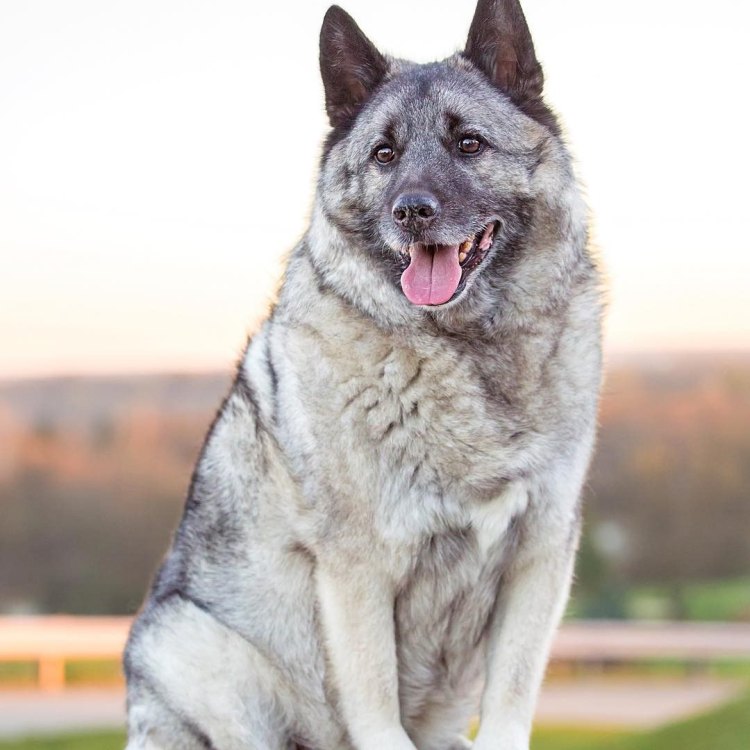
The Brave and Beautiful Norwegian Elkhound: A True Viking of a Dog
Disclaimer: The content provided is for informational purposes only. We cannot guarantee the accuracy of the information on this page 100%. All information provided here may change without prior notice.

